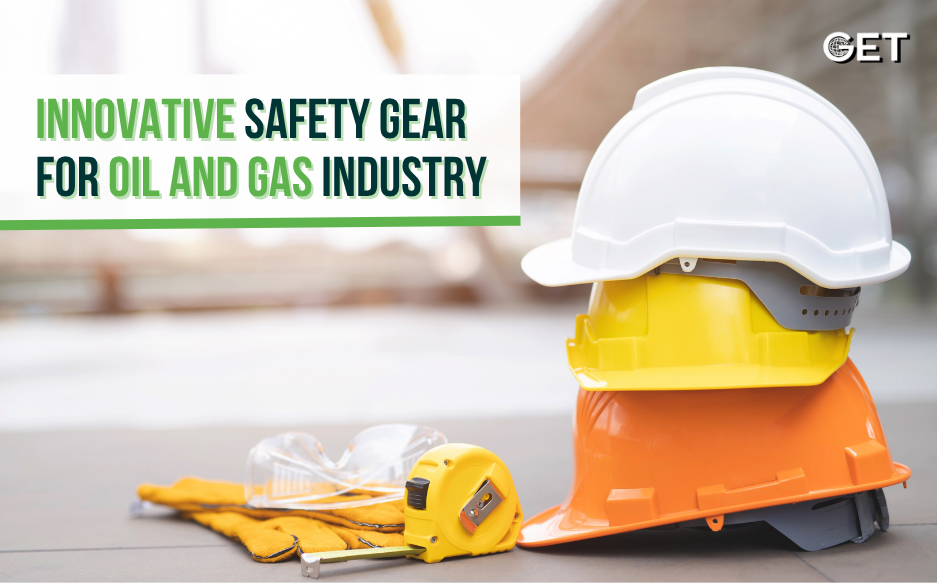
With constant threats of fire, gas leaks, equipment failure, and other safety hazards, the upstream oil and gas sector works in the most dangerous settings. Traditional safety equipment or procedures might not be very effective in these trying and important times to protect the crews from being impacted by these accidents. Thanks to technology, artificial intelligence, the Internet of Things, real-time monitoring, and automation, novel safety gear for the oil and gas industry is becoming the talk of the town or the need of the hour.
These improvements lessen human exposure to such hazardous situations, protecting against frequent occupational dangers. Here are a few examples of the quickly embraced technologies and techniques in use:
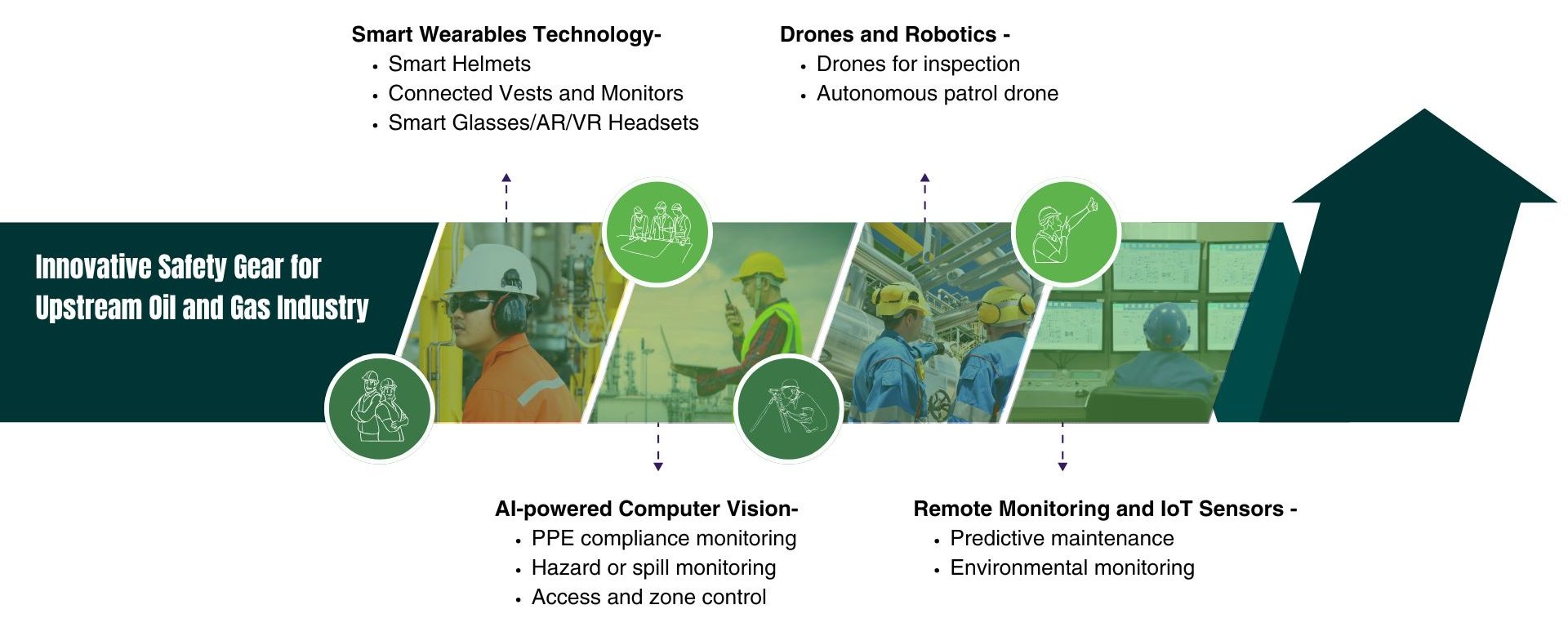
Selecting the right safety gear isn’t just about comfort—it’s about survival in extreme upstream environments where every detail counts.
Wearable devices with latest technology enhance efficiency on and off field by providing continuous monitoring of health conditions, location tracking and real time notifications to the field managers.
AI-enhanced video surveillance helps to keep a continuous check on the complex facility, something that is not possible through manual inspection routes.
In technologically equipped upstream oil and gas fields remotely controlled machines usually perform the high-risk functions with zero to limited exposure of people to areas of risk.
Remote monitoring by transmitting real time collected data from both the equipment on the field and the environment using low power, long ranging wireless protocols through sensors help detect downtime on a timely basis.
The upstream oil and gas industry will obviously always be a risky business, given its very nature, but the means of how to manage risk are changing dramatically. With the above-mentioned technologies, such as smart wearables, AI based surveillance drones and IoT sensors, in place, safety is not merely restricted to reactive; it is increasingly predictive and preventive. The automation and digital innovations keep workers out of these volatile areas while enhancing operational efficiency and minimising downtime. It means that regulatory compliance is being followed and that is why the demand for smart safety gear also has seen a massive jump. The upstream oil and gas sector is preparing for future-ready general operations that are resilient with improving people welfare and productivity.


By Get global | December 5, 2025
Turkey’s ambitions in the energy sector have taken a significant step forward as Turkish Petroleum (TPAO) ramps up drilling at its latest Black Sea discovery. The find is considered one of the most promising additions to the region’s portfolio, reshaping the conversation around Turkish gas exploration, self-sufficiency, and the future […]
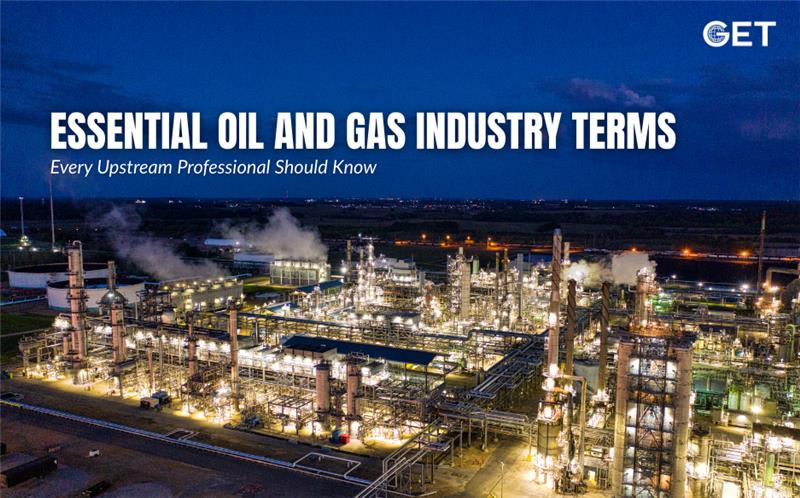
By Get global | November 27, 2025
The upstream oil and gas industry is thrilling, quick-moving, and rich with opportunities—but let’s face it, it also has a lot of technical language. If you are a newcomer to the industry, changing jobs, or just wanting to enhance your knowledge about the industry, mastering the right terms can facilitate […]
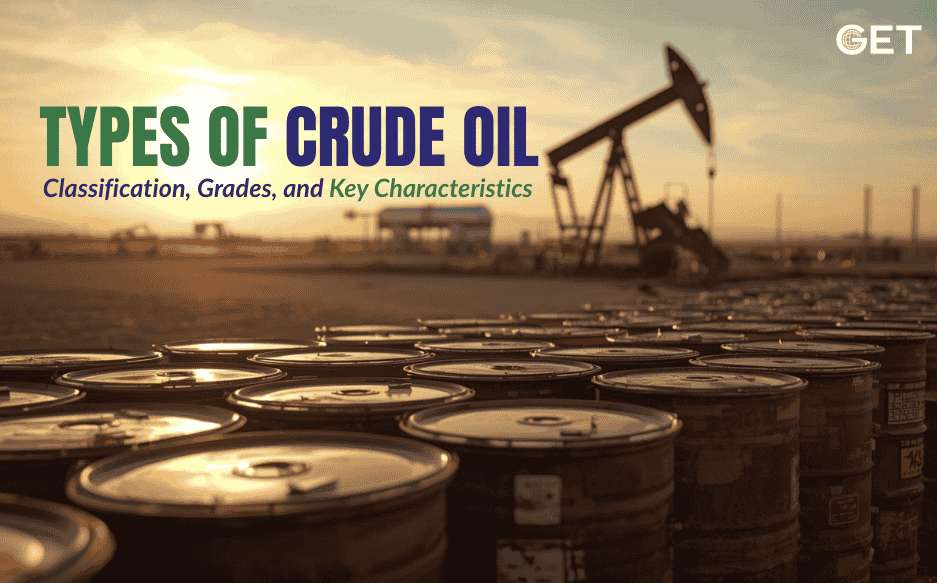
By Get global | November 24, 2025
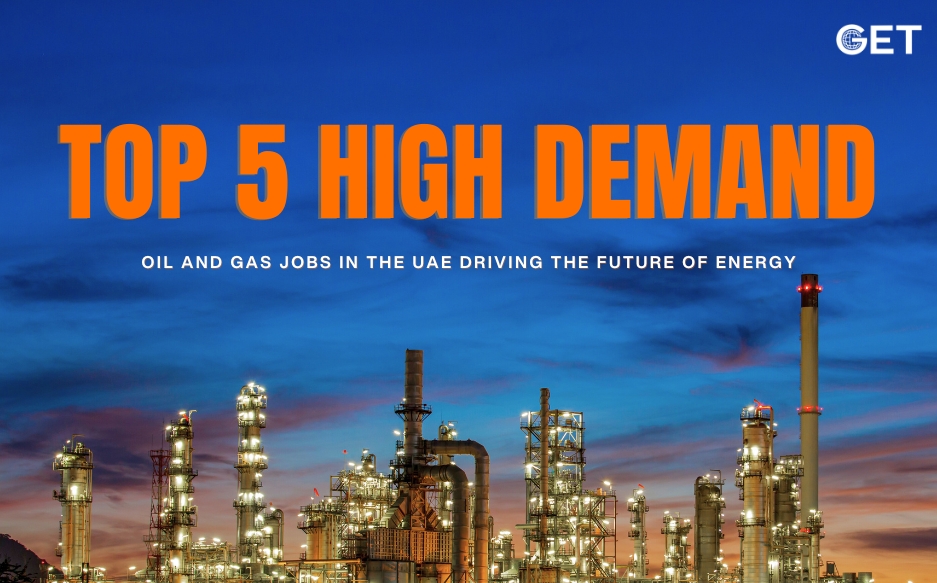
By Get global | November 17, 2025
Anyone who has worked in the UAE energy sector will tell you the same thing. The industry here keeps moving. Every year brings new drilling activity, stronger digital adoption, and a clearer shift toward cleaner and more efficient operations. Because of this, companies are looking for a different mix of […]
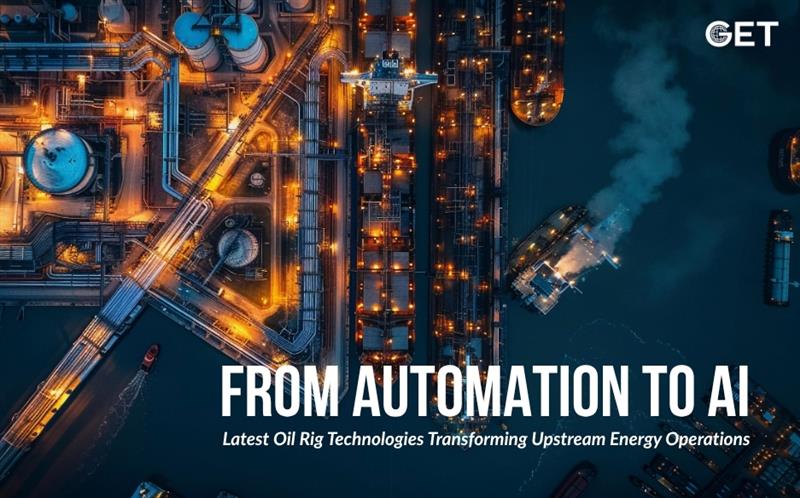
By Get global | November 13, 2025
The upstream oil and gas business often conjures images of vast platforms, roaring drills, and crews battling the elements. What is less obvious to the outsider is how deeply technology has become woven into that fabric — not just innovations stuck onto rigs, but full-scale transformations that are reshaping how […]